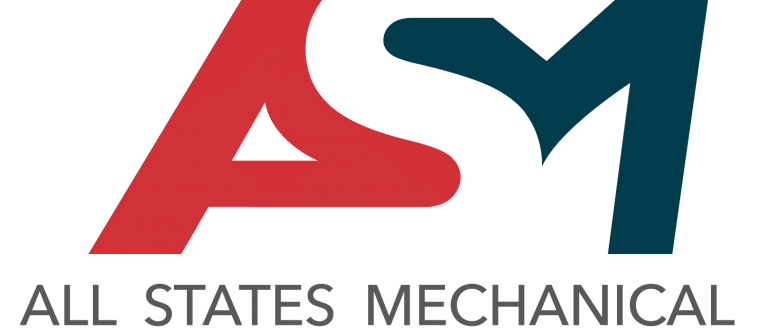As we move into the summer months of 2018, a company’s hazard assessment should include consideration for the impact excessive heat plays, or could play, in its work environment.
As a basic written workplace safety program, an effective IIPP can improve the safety and health in every workplace. It can be a proactive way to mitigate costs ranging from medical treatment to lost productivity that affect both the employee and the company. Although not required, 34 states in the United States have established laws or regulations designed to require or encourage IIPPs. Fifteen states have mandatory regulations for this documentation. Without a doubt, developing an IIPP can be a beneficial way to protect a company’s employees, reputation, and bottom line.
Developing an IIPP
First, it is important to recognize that an Injury and Illness Prevention Program is not a one-size-fits-all plan. In order to tailor it to a specific company and work environment, an assessment must be made and details such as crew size, work shift length, and working conditions (i.e., average temperature of the environment) must be considered. Next, business leaders should assess what they have been doing for safety at their business. Gathering information on current safety rules, policies, and practices will help develop a good foundation on which to build the program.
In order to save time while developing an IIPP, sample models may serve as helpful guides. Many states offer these guides through their regulatory agencies such as the Division of Occupational Safety and Health (DOSH), or Cal/OSHA, in California. Known to be a trailblazer for developing the most stringent regulations to protect employees, Cal/OSHA serves as a great resource for guidance on IIPP content and structure. Cal/OSHA’’s sample model outlines key IIPP elements, including responsibility, compliance, communication, hazard assessment, accident or exposure investigation, hazard correction, training, instruction, and record-keeping. Each of these elements directly corresponds with the top IIPP questions that should be addressed in the written plan.



